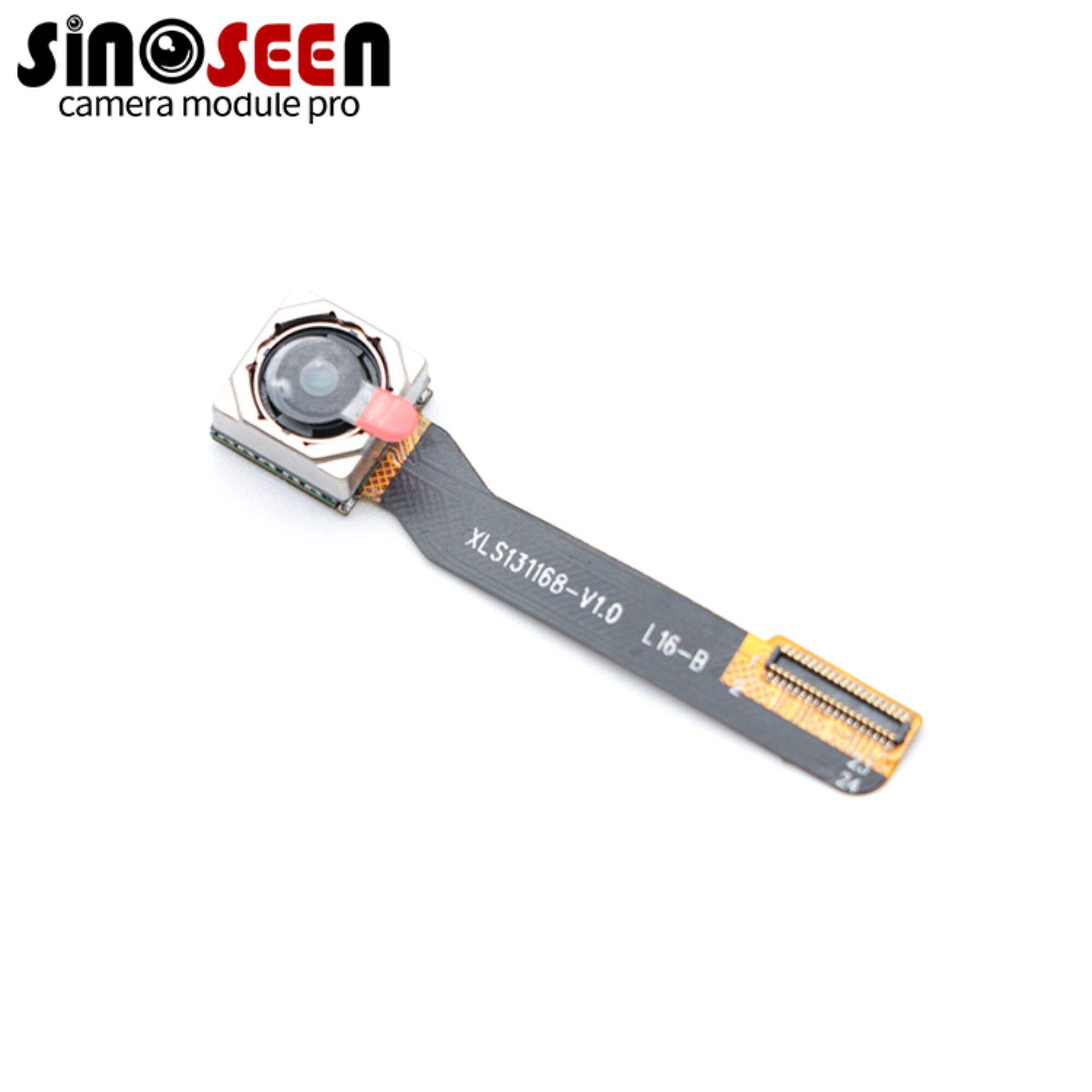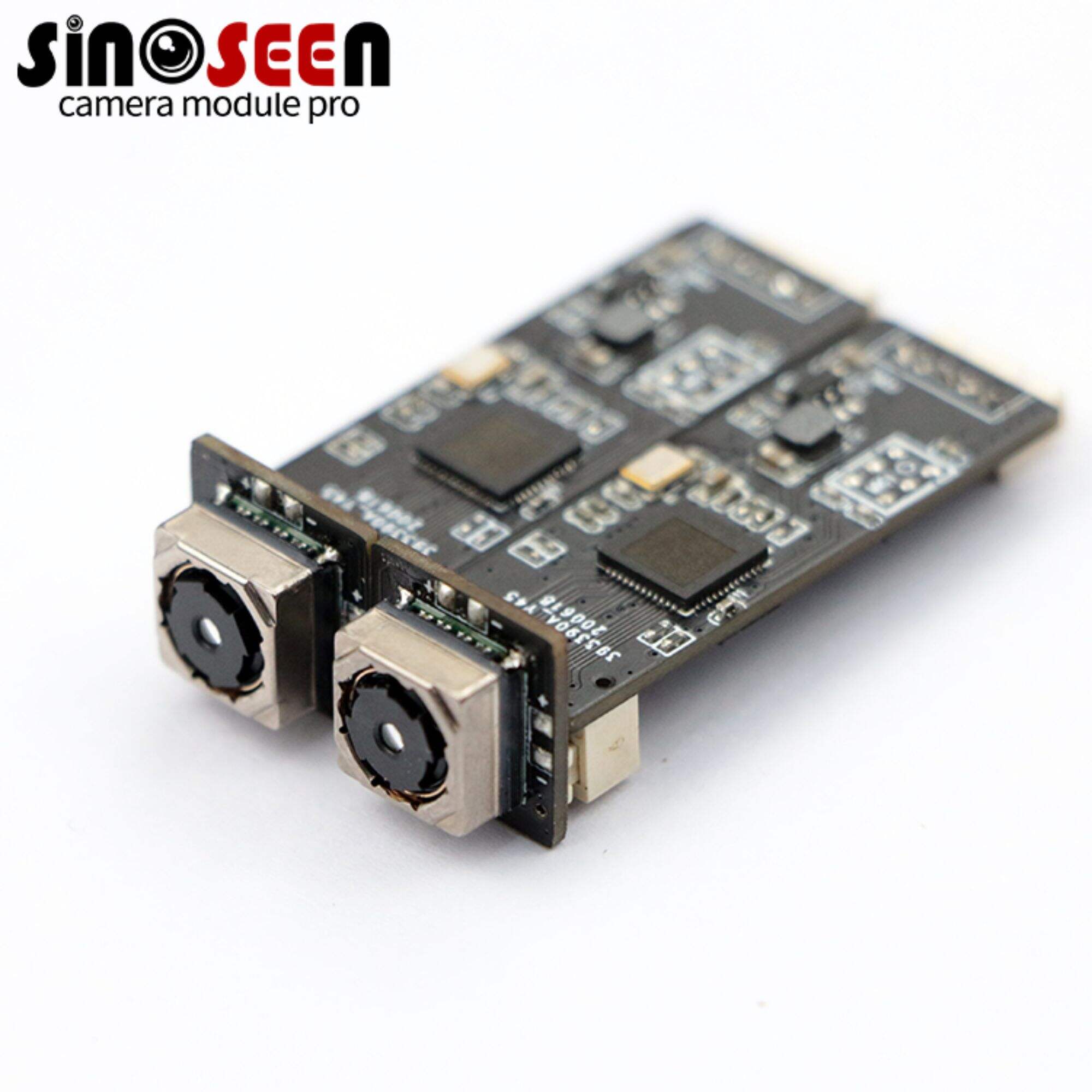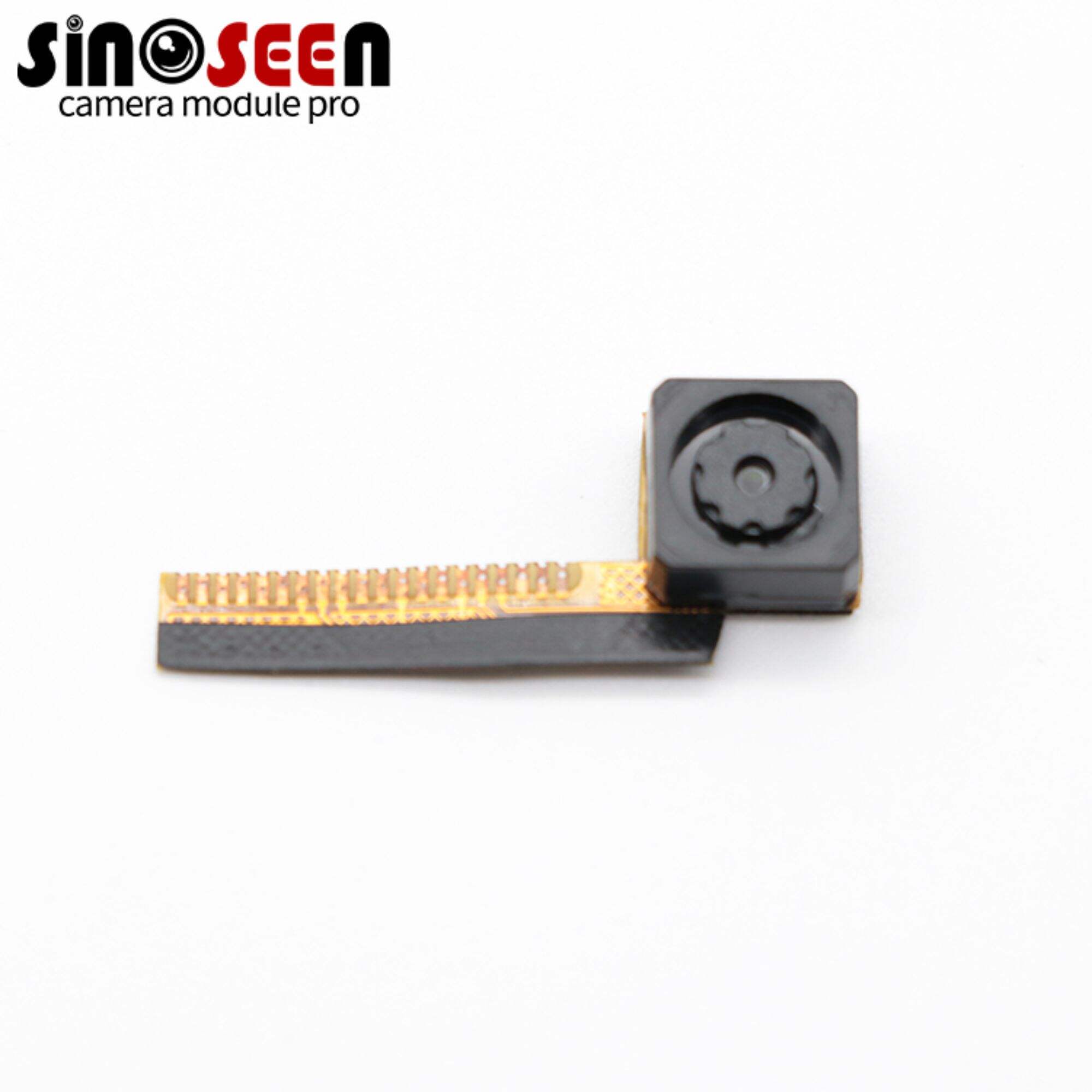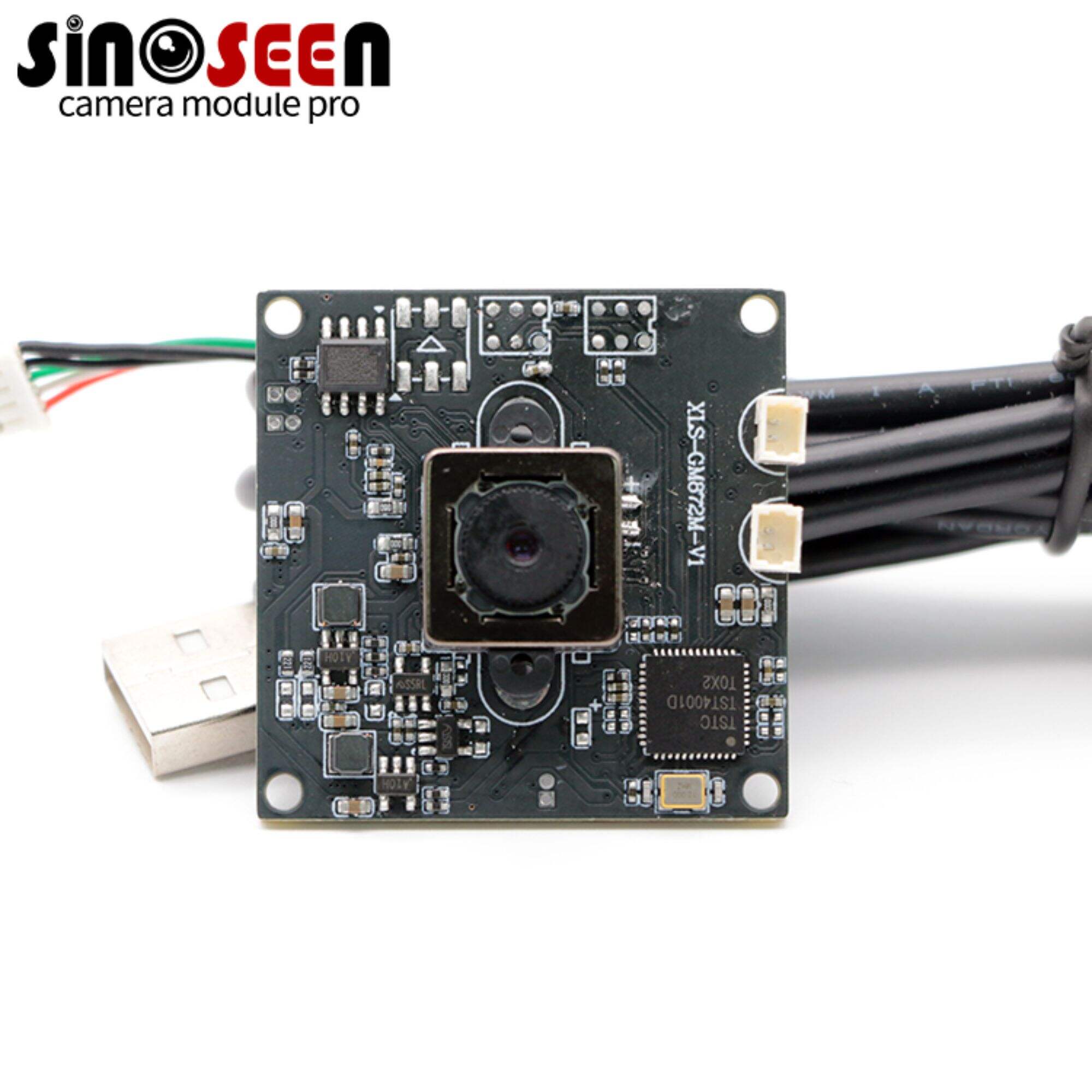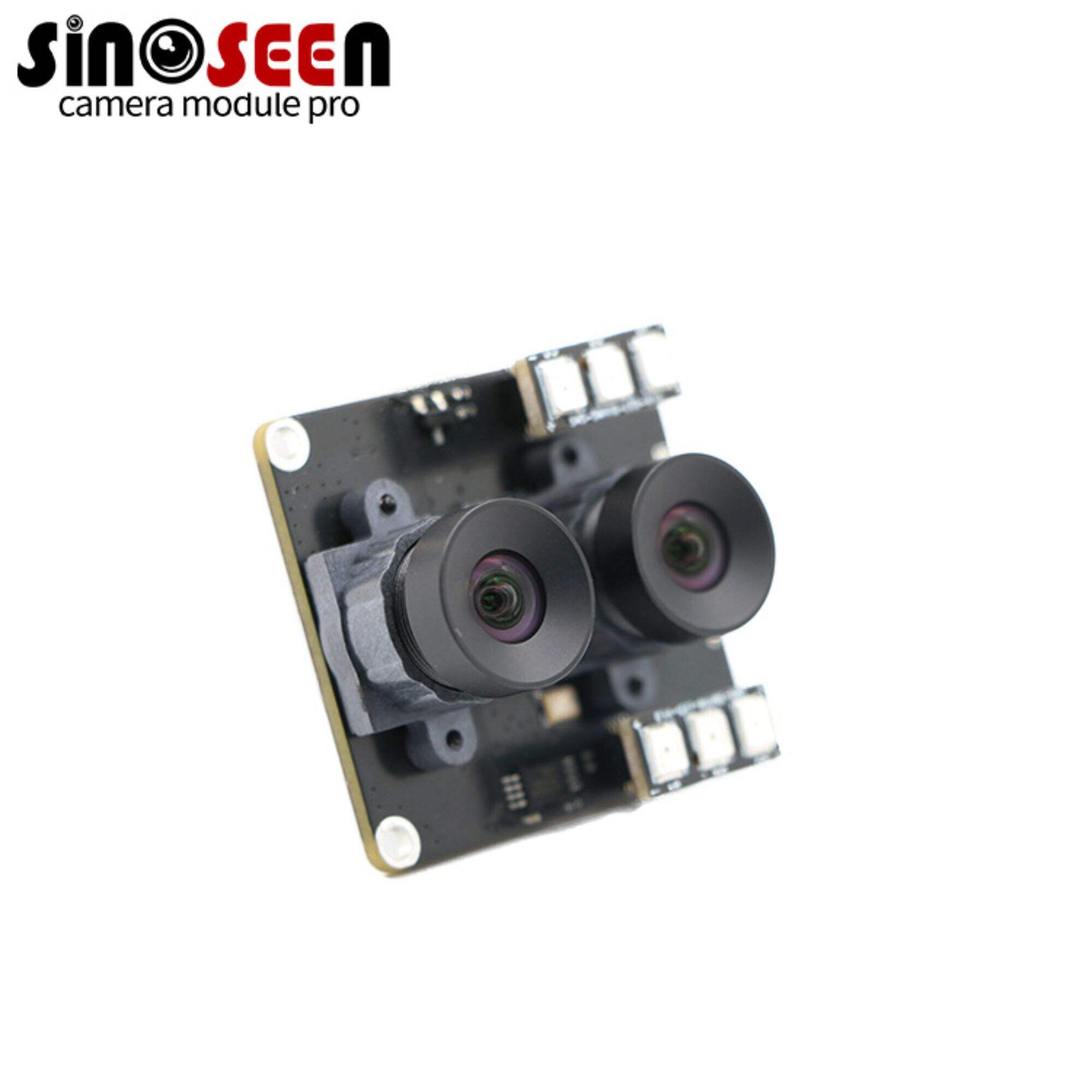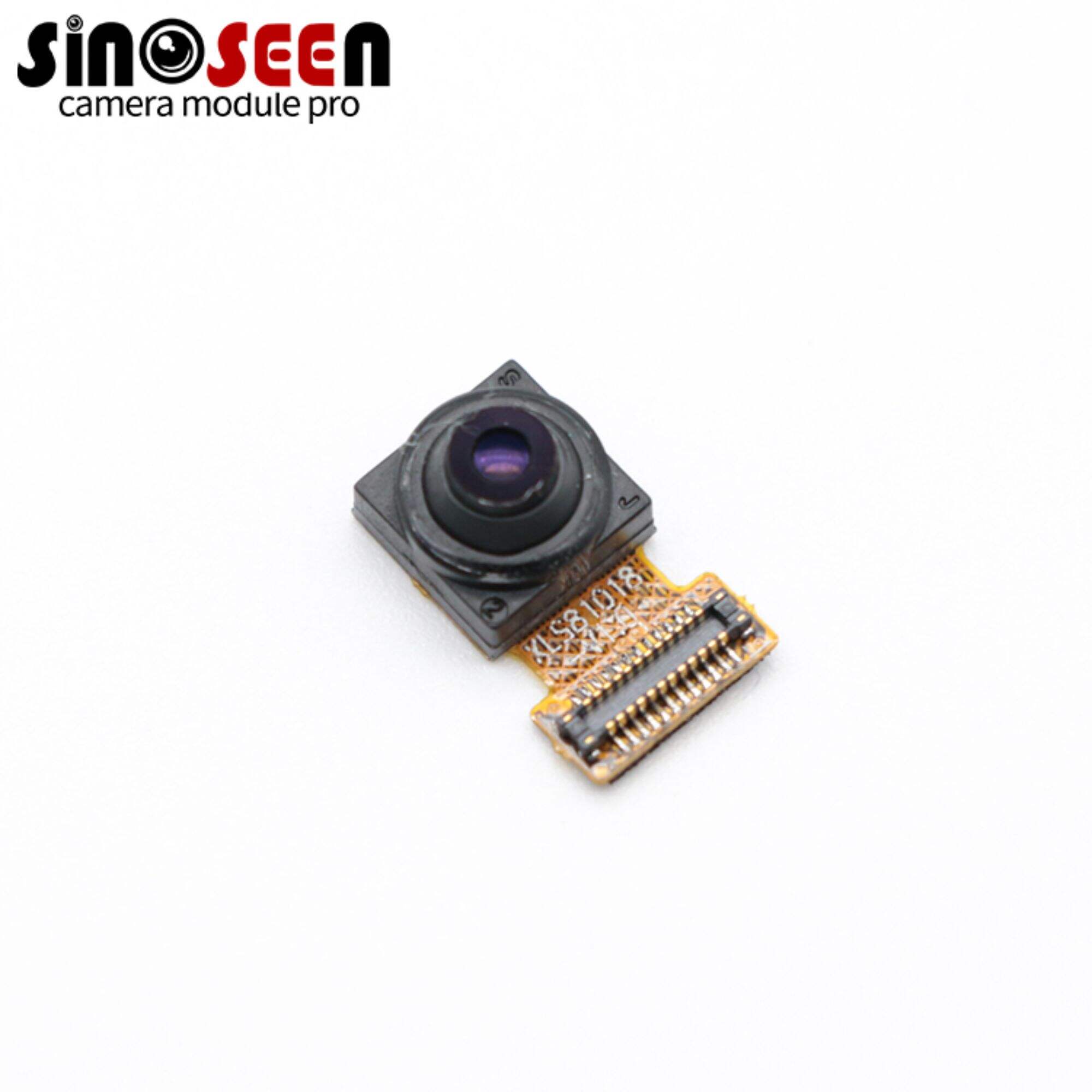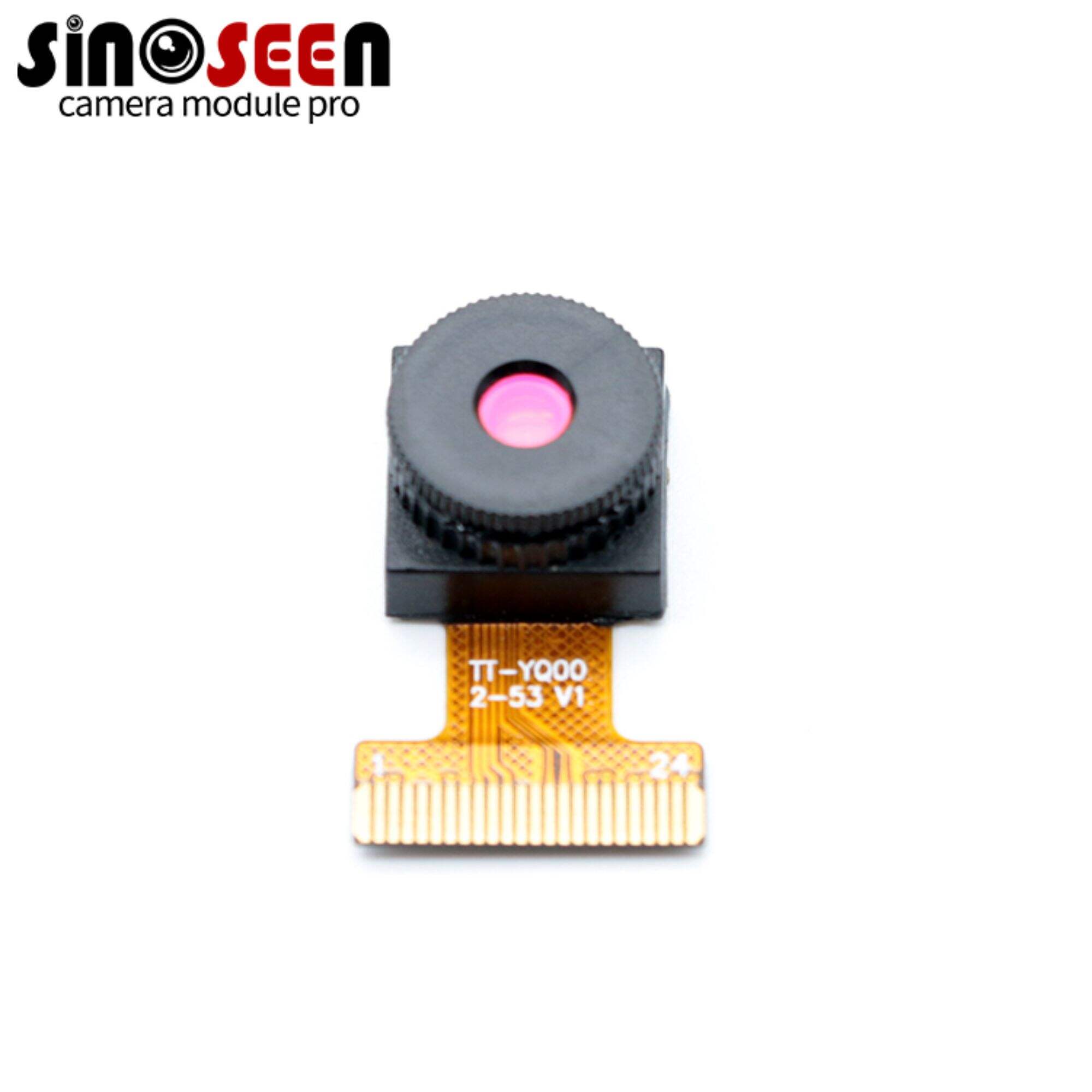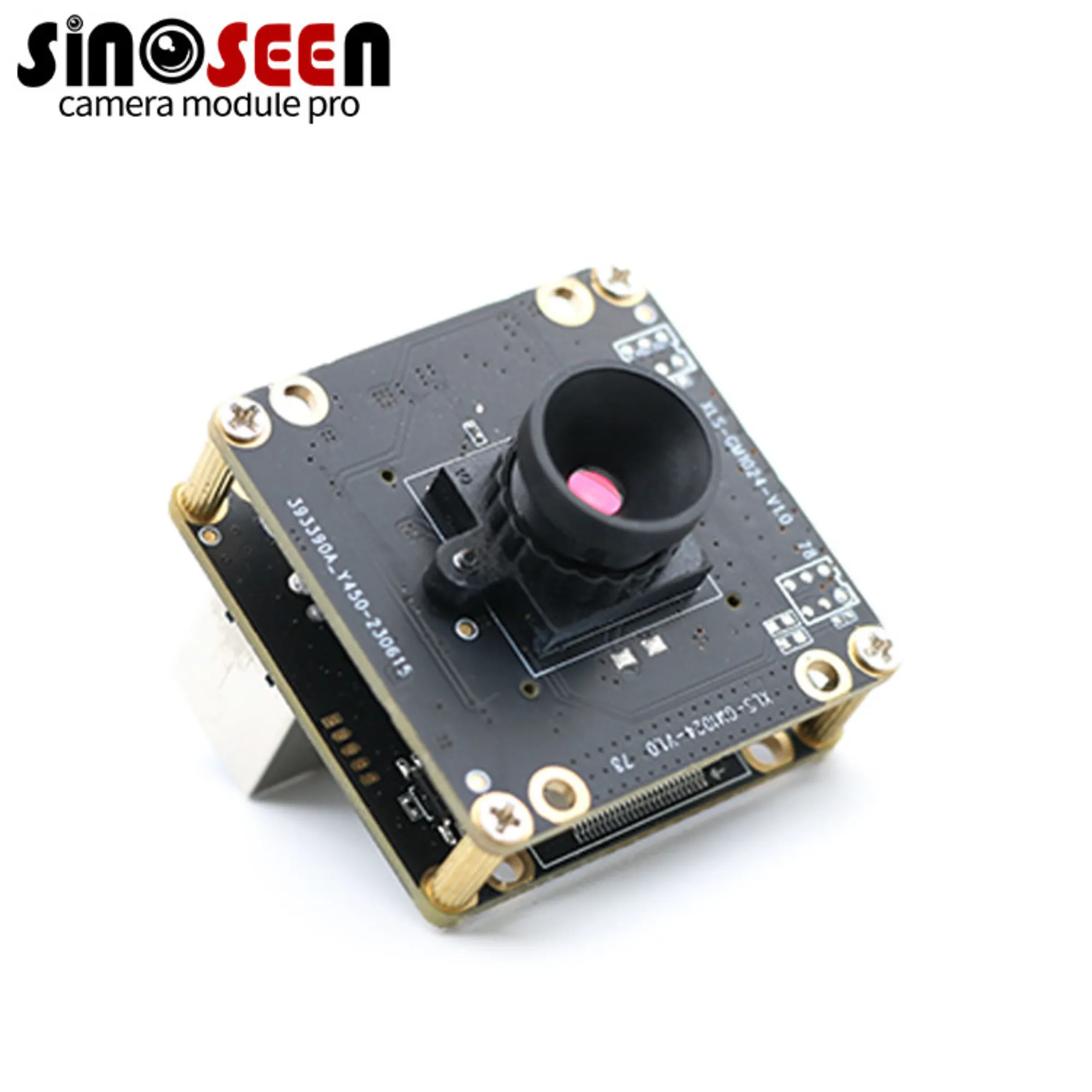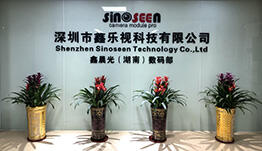מערכות 4K במצלמות: תחקור מעמיק של מהנדס בפוקוס, איכות ואינטגרציה
בתמונה מובנית, רזולוציית התמונה אינה רק מפרט טכני. היא קובעת באופן בסיסי את עשירות הנתונים והיכולת האנליטית. הגדרה סטנדרטית (HD) הייתה הסטנדרט במשך שנים. אבל עכשיו, 4K במצלמה מערכות שגרמו לשינוי מהותי בדרישות כמעט בכל התעשייה. עבור מהנדסי תצפית מובטחים, שינוי זה אומר יותר מאשר רק ספירת פיקסלים גבוהה יותר. הוא משחרר פרטים מדהימים, מאפשר אלגוריתמים חזקים יותר ועוזר לפתור בעיות מורכבות שנחשבו בלתי אפשריות בעבר. ניתוח זה יבחן מה זה באמת איכות מצלמת 4K בפועל, השימושים המעשיים שלו, והגורמים המרכזיים לאינטגרציה של מערכות מצלמות 4K יישומים מתקדמים ומובטחים.
מהי רזולוציית מסך 4K ואיך היא משפיעה על איכות המצלמה?
כשאנחנו מדברים על רזולוציית מסך 4K , אנו מתכוונים לסטנדרט תצוגה עם כ-4,000 פיקסלים אופקית. הנפוץ ביותר ממדי 4K לוידאו ולתמונה הם 3840 x 2160 פיקסלים (4K UHD) או 4096 x 2160 פיקסלים (DCI 4K). זהו קפיצה גדולה מ-Full HD (1920 x 1080). הוא מציע פי ארבעה את סך כל מספר הפיקסלים. עבור מצלמות עם 4K , הרזולוציה הגבוהה יותר משמעותה צילום של מידע ויזואלי רב יותר באותו תחום ראייה.
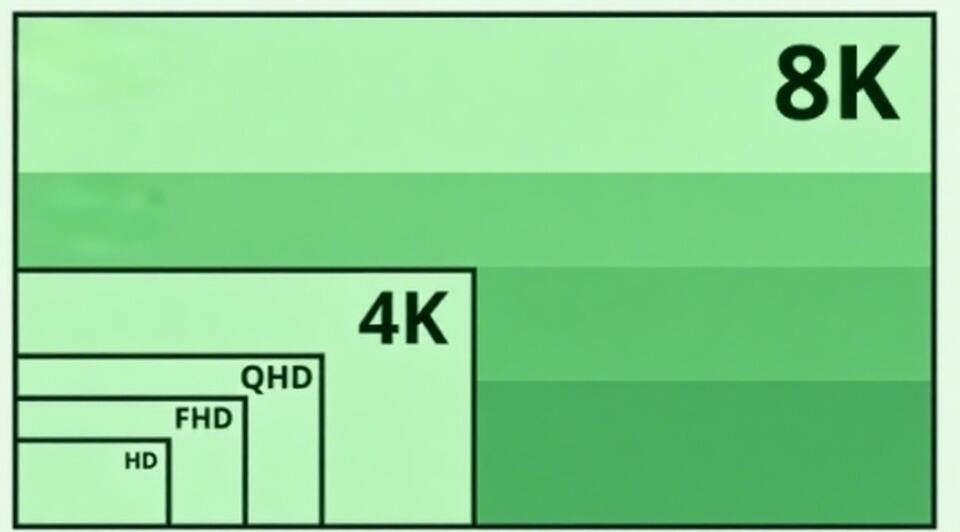 אז, האם 4K היא איכות מצלמה טובה ? בהחלט, כן טכנולוגיית מצלמת 4K מספקת צפיפות פיקסלים גבוהה יותר. משמעות הדבר היא שהיא מציגה פרטים עדינים ברורים במיוחד. הקצוות נראים חדים יותר, והתמונות מעבירות תחושת עומק וריאליזם רבה יותר. ליישומים של ראייה טבורה, דיוק זה הוא קריטי. הוא מאפשר זיהוי מדויק יותר של עצמים, מדידה מדויקת בראייה מכאנית, וזיהוי ברור יותר של פגמים עדינים במהלך בדיקות מפורטות. בסופו של דבר, מדובר ביצירת נתונים עשירים וחזקים יותר עבור האלגוריתמים לעיבוד יעיל מערכת מצלמות 4K .
אז, האם 4K היא איכות מצלמה טובה ? בהחלט, כן טכנולוגיית מצלמת 4K מספקת צפיפות פיקסלים גבוהה יותר. משמעות הדבר היא שהיא מציגה פרטים עדינים ברורים במיוחד. הקצוות נראים חדים יותר, והתמונות מעבירות תחושת עומק וריאליזם רבה יותר. ליישומים של ראייה טבורה, דיוק זה הוא קריטי. הוא מאפשר זיהוי מדויק יותר של עצמים, מדידה מדויקת בראייה מכאנית, וזיהוי ברור יותר של פגמים עדינים במהלך בדיקות מפורטות. בסופו של דבר, מדובר ביצירת נתונים עשירים וחזקים יותר עבור האלגוריתמים לעיבוד יעיל מערכת מצלמות 4K .
מה זה 4K בפיקסלים?
הבנה מה זה 4K בפיקסלים מעבר לדברי שיווק. מדובר בכמות המידע הגולמי הזמינה למערכת הטבורה שלך. זה גם מראה את הדרישות המובנות ל אינטגרציה של מצלמת 4K -אני לא יודע. א מצלמת 4K UHD מצלם מעל 8 מיליון פיקסלים (3840 * 2160 = 8,294,400 פיקסלים). זהו הבדל חד בהשוואה ליותר מ-2 מיליון פיקסלים ב-Full HD (1920 * 1080 = 2,073,600 פיקסלים). העליה הארבע-פעמית במספר הפיקסלים מביאה הן הזדמנויות גדולות והן אתגרים משמעותיים מהנדסים המפתחים מערכות מצלמות 4K . הנפח העצום של נתוני הרזולוציה הגבוהה אומר שניתן להפיק מידע מפורט יותר. זה מוביל לדגמי אנליזה חזקים ומדויקים יותר ליישומים שונים.
עם זאת, העלייה הזו צפיפות פיקסלים יוצרת דרישות גדולות על כל המערכת המובנית התומכת ב מצלמת 4K . עיבוד, העברה ואחסון של 스טרימי וידאו בפורמט 4K או תמונות ברזולוציה גבוהה בתמונות 4K דורשים מעבדיםทรง כוח יותר. כמו כן נדרשת רוח פס גבוהה יותר בממשקים כגון MIPI CSI-2, USB 3.0 או Gigabit Ethernet. פתרונות לאחסון גדולים ומהירים יותר הם גם כן חשובים. האתגר המרכזי כאן הוא ניהול זהיר של התפוצצות נתונים . עליכם לעשות זאת מבלי לאבד ביצועים בזמן אמת או לעבור את תקציבי הכוח. מהנדסים שמעצבים התקנים עם מצלמות 4K חייבים לאזן בין השאיפה לפרטים חסרי תחרות לבין הגבולות המעשיים של פלטפורמת החומרה שלהם. כל החלטת עיצוב עבור ה- מערכת הדמיה ב-4K שחשוב.
האם רזולוציה של 1920x1080 היא 4K?
לא, רזולוציה של 1920x1080 איננה 4K . ידוע שזהו הגדרה גבוהה מלאה (Full HD או FHD). כפי שנכתב לעיל, 4K UHD היא 3840x2160 . מדובר בפער כפול ביחס לפתרון Full HD הן ברזולוציה האופקית והן באנכית, מה שמוביל בדיוק לארבע פעמים מספר הפיקסלים הכולל. ההבחנה הזו היא קריטית bagiжиיני תחזוקה ותפעול. היא משפיעה על אופן הבחירה של חיישני מצלמה ב-4K , עיצוב מערכות אופטיות, ובניית קווי נתונים. בלבול בין שני אלה עלול להוביל לתפקוד לקוי או לחומרה לא מנוצלת במלואה בתוך ה- מערכת מצלמה עיצוב.
ההבדל הזה הוא לא רק מספר; מדובר בקפיצה איכותית משמעותית מבחינת הביצועים עבור ה- צורך בתמונה שלך . Full HD פועל היטב במגוון יישומים בהם החזקה של רוחב פס או עיבוד נתונים מוגבל. אך 4K במצלמה מערכות אלו פותחות דלת ליישומים שדורשים פרטים ברורים באמת. זה כולל מעקב מתקדם הדורש צפיפות פיקסל גבוהה לזיהוי פנים מדויק. זה גם כולל חקלאות מדויקת הדורשת ניתוח פרטני של גידולים, או בדיקה תעשייתית בה יש לאתר באופן מהימן פגומים זעירים. הידיעה על ההבדל הבסיסי הזה היא בסיס לבחירת מודול המצלמה הנכונה ליישום הספציפי שלך. זה מבטיח את תפיסת וידאו עומדת בסטנדרטים מקצועיים.
מה עדיף במצלמה, 4K או HD?
בעוד הערכה של איכות המצלמה, אין תשובה יחידה ל- " מה עדיף במצלמה, 4K או HD? " הבחירה הטובה ביותר תלויה לחלוטין בצרכים והגבלות של היישום הספציפי שלך. מבחינת איכות תמונה, מצלמת 4K מציעה בהחלט פרטים ברורים ותמונות חדות יותר. היא גם מספקת הזדמנויות גדולות בהרבה לפוקוס דיגיטלי וחיתוך חכם ללא אובדן מידע חשוב. המשמעות היא שבמקרים מסוימים, מצלמה אחת של מצלמת 4K עשוייה לכסות באופן יעיל את אותו האזור באיכות גבוהה יותר מאשר כמה מצלמות HD. זה יכול לפשט את התפצה הכוללת ואת המורכבות של פתרון תפיסת הוידאו שלך .
עם זאת, הבחירה ה" טובה יותר "частly כוללת פשרות. מערכות מצלמות 4K דורשים עיבוד מוגזם, אחסון נתונים ורוח פס העברה. א מערכת מצלמות 4K בדרך כלל צורך יותר כוח, מייצר חום רב יותר ודורש חומרה חזקה יותר בהשוואה לגרסה בעלת הרזולוציה הנמוכה שלו. עבור מכשירים המופעלים על ידי סוללה, רחפנים או מערכות הדורשות קלות תקשורת נמוכה מאוד, מצלמת HD עשויה להיות האפשרות ה" טובה יותר ". זה נכון אם היא מאפשרת למערכת לפעול באופן יעיל ואמין יותר בתוך גבולות העיצוב שלה. מהנדסים חייבים לבצע ניתוח מקיף ברמת המערכת. עליהם לשקול את משאבים זמינים לעיבוד, תקציב החשמל, רוח הפס של הרשת והדרישות המדויקות רזולוציה של האלגוריתמים שלהם לבין ראיה ממוחשבת . כך הם יוכלו להחליט מהו המיטבי מכשירVICE . הכל מתבסס על מציאת האיזון הנכון בין תפיסת פרטים מדהימים לבין ודאות ביצועית מעשית עבור פתרון המצלמה ברזולוציה 4K .
עיצוב עם רזולוציה 4K: שיקולים מרכזיים למהנדסי ראיה ממוחשבת
אינטגרציה מצלמות 4k אל מערכות משובצות מתקדמות מביאה אתגרי עיצוב חדשים וכן, חשוב יותר, הזדמנויות גדולות לחדשנות. שליטה בנושאים אלו היא מפתח לבנייה מוצלחת של מערכות מצלמות 4K .
1. טכנולוגיית חיישן: בחירת הנכון חיישן 4K היא קריטית עבור ה- הגדרת המצלמה ב-4K . גורמים מרכזיים כוללים בחירה בין שאטר גלובלי מול שאטר מתגלגל (בהתאם לדרישות התנועה). יש לשקול את גודל הפיקסל (אשר משפיע על ביצוע טוב בהארות נמוכות ), טווח דינמי ומאפייני רעש. פתרון בעל רזולוציה גבוהה רזולוציה ב מצלמת 4K אינו מבטיח אוטומטית ביצועים מובילים בכל תנאי; האיכות הבסיסית של החיישן היא קריטית עבור ה- תמונה ב-4K הצלחה.
2. אופטיקה: عدשות שפותחו במיוחד כדי לפתור פרטי 4K הן הכרח מוחלט. עדשות HD רגילות עשויות להיות לא חדות דיו כדי לנצל בצורה מלאה את הפוטנציאל העצום של חיישן 4K. זה לרוב גורם לתמונות מעומעמות גם כאשר החיישן בעל רזולוציה גבוהה. תזדקקו ל עדשות המותאמות לתמונת 4K כדי באמת לשחרר את הכוח שב- מצלמת 4K , ומבטיח תמונות חדות תפיסת וידאו .
3. ממשקים לדאטה: הכמות העצומה של נתונים מתוך מערכת מצלמות 4K דורש ממשקים לתעבורת נתונים בפס רחב MIPI CSI-2 הוא נפוץ במערכות עוקבות וניידות שצורכות מעט חשמל USB 3.0 , Gigabit Ethernet (GbE) , ואפילו 10GbE הם נפוצים ליישומים תעשייתיים הדורשים העברת נתונים מהירה. ודאו שהממשק שבחרתם מסוגל להתמודד עם ה קצב פריימים של 4K בלי צווארים בקבוק הוא קריטי לכל ביצועים גבוהים מצלמת 4K .
4. עיבוד אותות תמונה (ISP): שרפרף חזק מעבד אותות תמונה (ISP) הוא חיוני לאופטימיזציה של איכות התמונה מתוך חיישן מצלמה 4K . זה כולל פונקציות כמו הפחתת רעש, תיקון צבעים, הסרת דמויות (de-Bayering), וتعيين טווח דינמי. לרוב ספקיות מודרניות כוללותISP חזקים, אך לעתים קרובות יש צורך לדייק אותן עבור ה- חיישן 4K התואם אותו למטרה הספציפית שלך 4K במצלמה מערכת. ISP מכויל היטב יכול להפוך את כל ההבדל עבור איכותיוקָלִיטַת תְּמונָה .
5. עוצמת עיבוד: עיבוד בזמן אמת של זרמי וידאו ב-4K דורשת עוצמה מחשובית משמעותית. בדרך כלל זה אומר שימוש במאיצים חומתיים מיוחדים כמו GPU או NPU בפלטפורמה המובטחת שבחרת. ללא די עוצמה לעיבוד, המערכת שלך מצלמת 4K עשויה להשיג קצב פריימים נמוך באופן מאכזב, ולצורך כך תאבד בהרבה מההישגים שלה. מחקר עדכני של ABI Research מציג כי עיבוד תחזיתי במארוז יגדל בקצב של שיעור צמיחה שנתי ממוצע של למעלה מ-20% עד שנת 2028 . צמיחה זו נובעת במידה רבה מהדרישה לרזולוציות גבוהות יותר כמו 4K .
6. אחסון ותמסורת: אחסון של וידאו גלם 4K או שליחתו בכוח דרך רשת דורשת נפח פלט גדול ואחסון נרחב. שימוש בטכניקות אפקטיביות במיוחד של דחיסת וידאו (כגון H.264 או H.265) ממש בקצה הרשת הוא לעיתים הכרח. פעולה זו מקטינה את גודל הנתונים ומעמיקה את עומס התמסורת עבור ה- ברזולוציה 4K . עובדה זו חשובה במיוחד כשמתחשבים בכך ש- סטטיסטיקה מציין כי יצור הנתונים העולמי צפוי להגיע 180 זטabytes עד שנת 2025 . חלק גדול נובע מהרזולוציה הגבוהה חיישני תיאום . ניהול הזרימה העצומה של נתונים היא מרכיב מפתח בכל 4K במצלמה implementציה מוצלחת.
עתיד הראייה: אימוץן של טכנולוגיות 4K ומעבר
המגמה ברורה לעבר רמות גבוהות יותר רזולוציה במצלמות, בהובלה חזקה של טכנולוגיית 4K , הוא בלתי נמנע. המגמה ממשיכה לעצב ביסודיות את עתיד ה ראייה מובנית במהלך שהפלטפורמות המובנות הופכות ליותר עוצמתיות ומתקדמות חיישנים ב-4K והולכות להיות זולות יותר, מערכות מצלמות 4K תהפוך לסטנדרט עבור טווח רחב של יישומים מתקדמים. מעבר למספר הפיקסלים בלבד, המיקוד יעבור לשיפור תכונות חיוניות אחרות של החיישנים. אלו כוללות טווח דינמי, ביצועים באור חלש, ויכולות מתקדמות של צילום חישובי. מהנדסים שיביאו לידי ביטוי את הפרטים המורכבים של אינטגרציה ואופטימיזציה של 4K במצלמה מערכות יהיו בעמדת מרכז כדי להניע חדשנות. זה כולל תחומים החל מרכב אוטונומי חדשני ועד רובוטיקה מתקדמת ותשתיות של ערים חכמות. היכולת לשלוף מידע מדויק ושלם יותר מהעולם הוויזואלי קשורה ישירות לאינטליגנציה והאאוטונומיה האפשרית עם מערכות מובנות, מה שעושה את תמונה ב-4K לאבן מפתח בטכנולוגיה של מחר.
סיכום: 4K במערכות מצלמות
לסיכום, הגעתן של 4K במצלמה מערכות היא קפיצה באמת מהפכנית ב איכותיוקָלִיטַת תְּמונָה עושר נתונים. הוא מציע פרטנות ללא תחרות עבור יישומים רבים של ראיית משובצת. הטכנולוגיה המתקדמת הזו מביאה עימיה אתגרים כמו עיבוד נתונים כثיף, העברה יעילה וניהול careful של הספק. אך עם זאת, היתרונות הרבים של שיפור בבירור רזולוציה משימות קריטיות הם ברורים. הם כוללים זיהוי עצמים אולטרא-מדויק, מדידה מדויקת ובדיקה מפורטת של חריגים. הבנת ההבחנה הברורה בין 4K ל-HD, והשקלה זהירה של הקורבנות, היא חיונית לכל מהנדס ראיית משובצת בקיא. אימוץֹ של טכנולוגיית מצלמת 4K אינו רק אימוץֹ של סטנדרט חדש. מדובר בשימוש אסטרטגי במידע מتفوق לצורך בניית מערכות משובצות חכמות יותר, מדויקות יותר, ובסופו של דבר, מסוגלות בהרבה יותר. מערכות אלו יכולות באמת להפוך את המצב בכל תחום הדורש דיוק עוצמתי תפיסת וידאו .
העצמת את הפרויקטים שלך בתחום הראייה המשובצת בעזרת Sinoseen 4K
האם אתם מוכנים להשתמש בטכנולוגיית מצלמת 4K לצורך אופטימיזציה בפרויקט הראייה המשובצת הבא שלכם? הגיע הזמן לחפור עמוק יותר ולשקול בזהירות בחרו את חיישן ה-4K המתאים .אופטימיזו את תהליך הפרויקט כולו. התמודדו באופן פעיל עם האתגרים בנתונים שמביאים עימם דימות ב-4K. גלו עוד מודולי מצלמה חדשים ב-4K וקיטי פיתוח בעלי ביצועים גבוהים שפותחו ליישומים משובבים. אל תהססו לפנות לאנשי מקצוע בתעשייה או לספק המוביל של מודולי מצלמה - Sinoseen. חקרו בעזרת מהנדסים מקצועיים כיצד רזולוציית 4K יכולה לספק למערכת הראייה שלכם יתרונות תחרותיים משמעותיים מעבר למה שנדרש. אל תתנו להרשמות המבוססות על פרויקטים חדשניים להגביל אותכם בשל ספירת פיקסלים מיושנת; קבלו את הפרטים הייחודיים והיכולות החזקות של ה-4K במערכות המצלמה!
עיינו במשאבים הנוספים שלנו לקבלת מידע נוסף:
- האם פיקסל גבוה יותר אכן אומר מצלמה טובה יותר?
- כמה פיקסלים צריך צילום מושלם?
- מהו הרעיון הבסיסי של איחוד פיקסלים? איך זה עובד? מהם היתרונות?
מוצרים מומלצים
חדשות חמות
-
סין מובילה יצרנים מודול מצלמה מכשיר כוח צילוםSinoseen
2024-03-27
-
המדריך האולטימטיבי להתאמה אישית עבור מודולים מצלמת OEM
2024-03-27
-
הבנה מעמיקה של מודולי מצלמה
2024-03-27
-
איך להפחית את רזולוציית מודול המצלמה?
2024-12-18

 EN
EN
 AR
AR
 DA
DA
 NL
NL
 FI
FI
 FR
FR
 DE
DE
 EL
EL
 HI
HI
 IT
IT
 JA
JA
 KO
KO
 NO
NO
 PL
PL
 PT
PT
 RO
RO
 RU
RU
 ES
ES
 SV
SV
 TL
TL
 IW
IW
 ID
ID
 SR
SR
 VI
VI
 HU
HU
 TH
TH
 TR
TR
 FA
FA
 MS
MS
 IS
IS
 AZ
AZ
 UR
UR
 BN
BN
 HA
HA
 LO
LO
 MR
MR
 MN
MN
 PA
PA
 MY
MY
 SD
SD

